
How to Use KS0022: Examples, Pinouts, and Specs
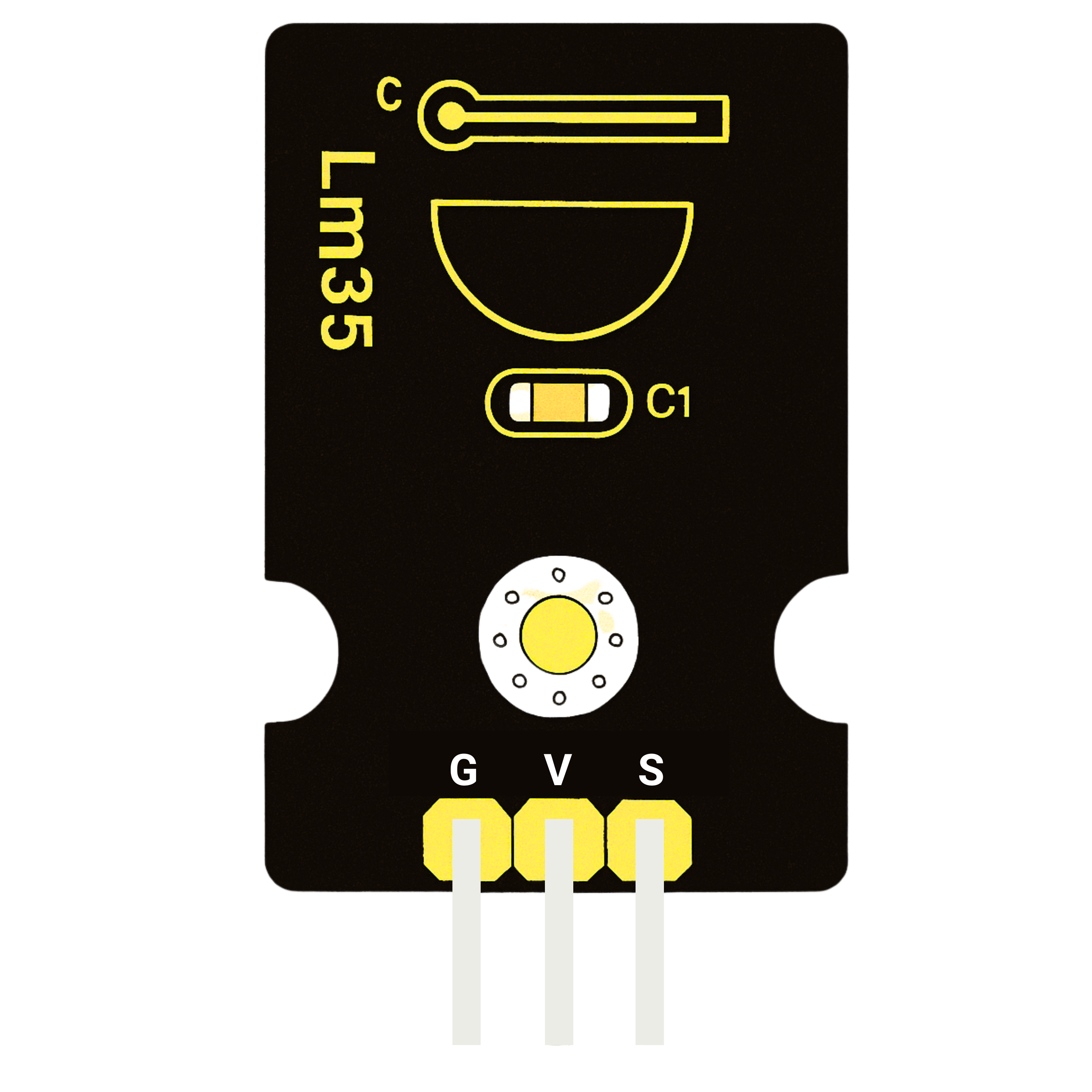
 Design with KS0022 in Cirkit Designer
Design with KS0022 in Cirkit DesignerIntroduction
The KS0022 is a versatile semiconductor device commonly used in various electronic applications, including signal amplification and switching. It is known for its reliability and efficiency in handling low to moderate power levels. This component is widely utilized in circuits requiring stable performance and is suitable for both analog and digital applications.
Explore Projects Built with KS0022
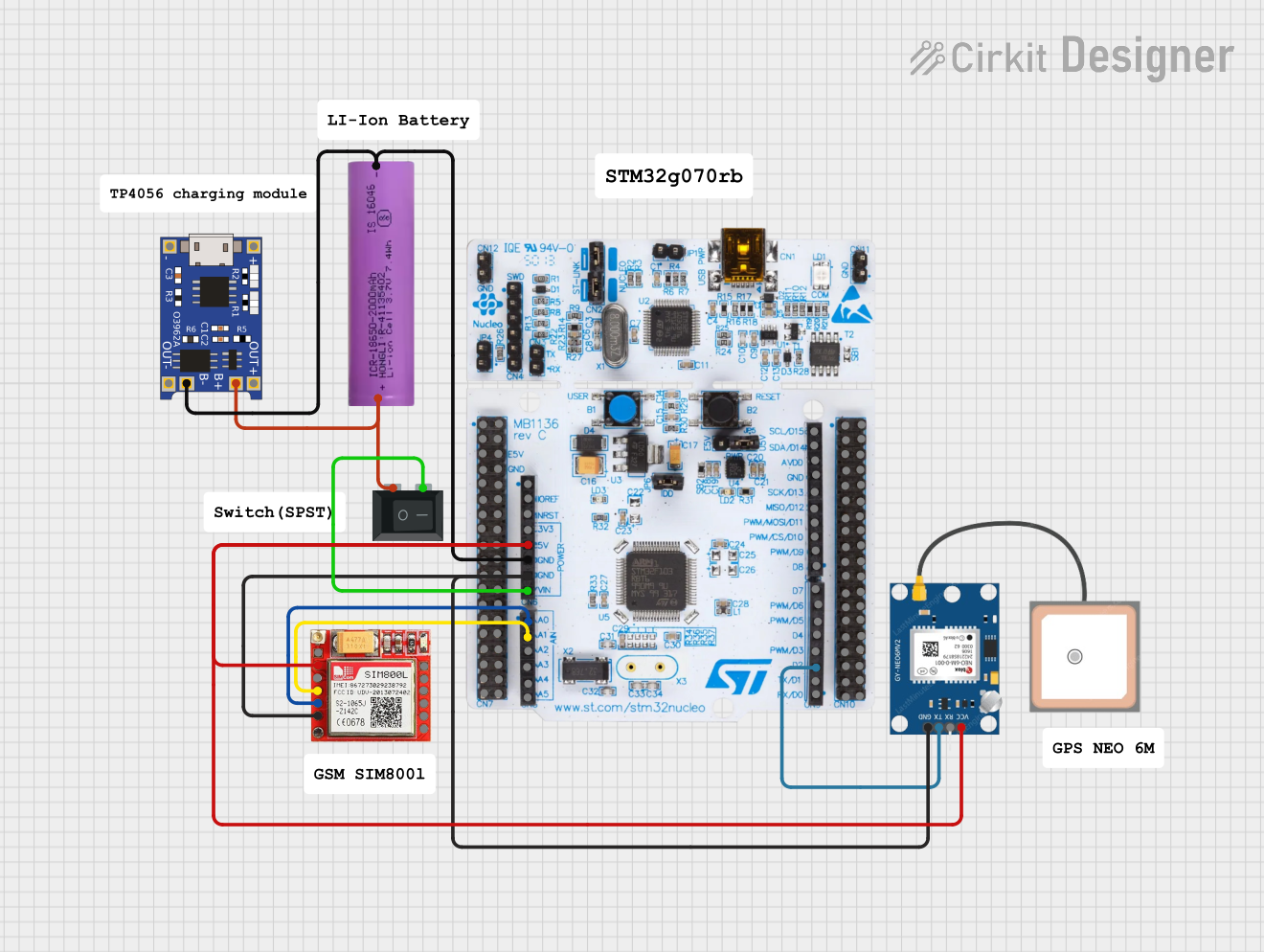
 Open Project in Cirkit Designer
Open Project in Cirkit Designer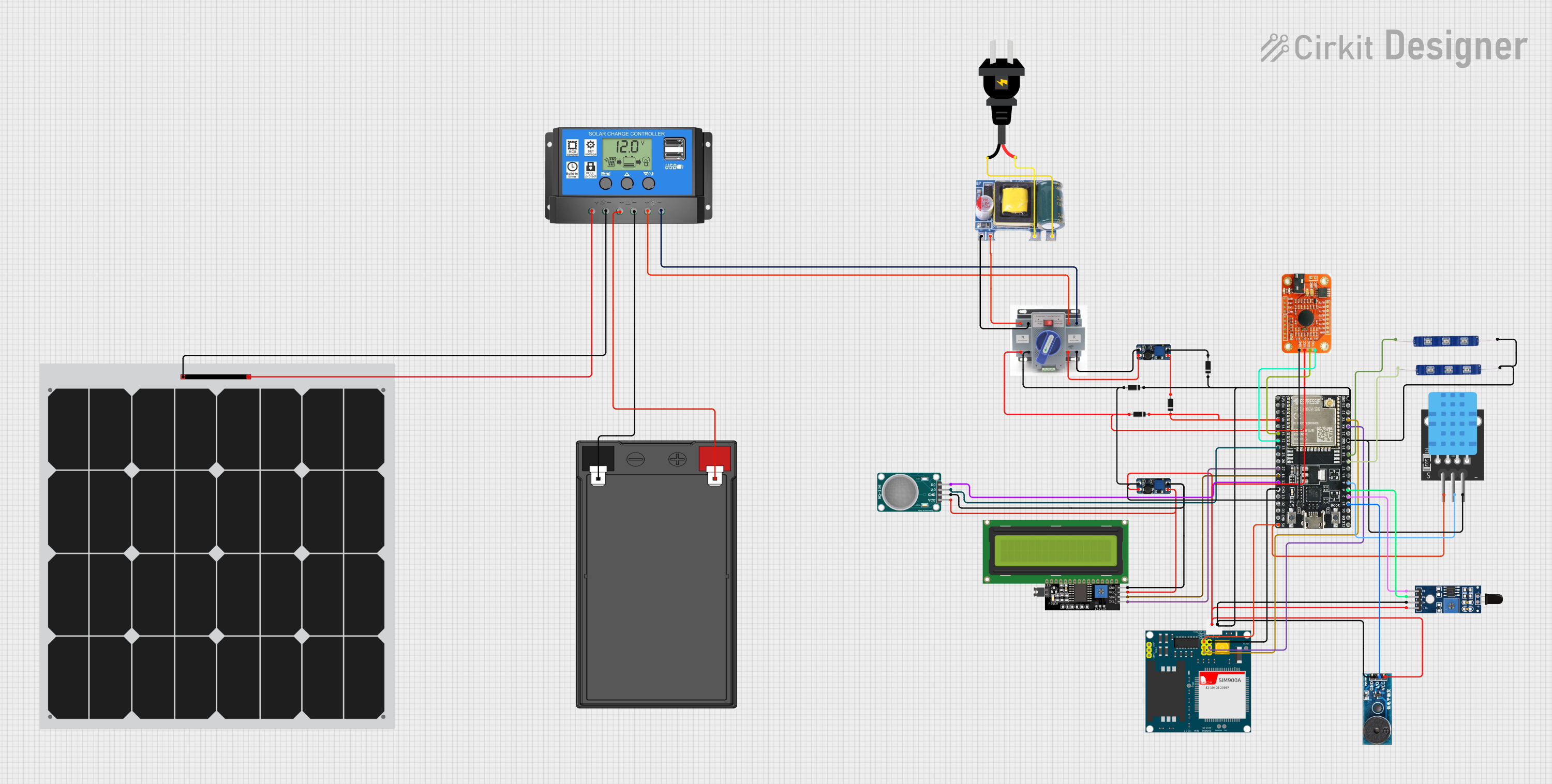
 Open Project in Cirkit Designer
Open Project in Cirkit Designer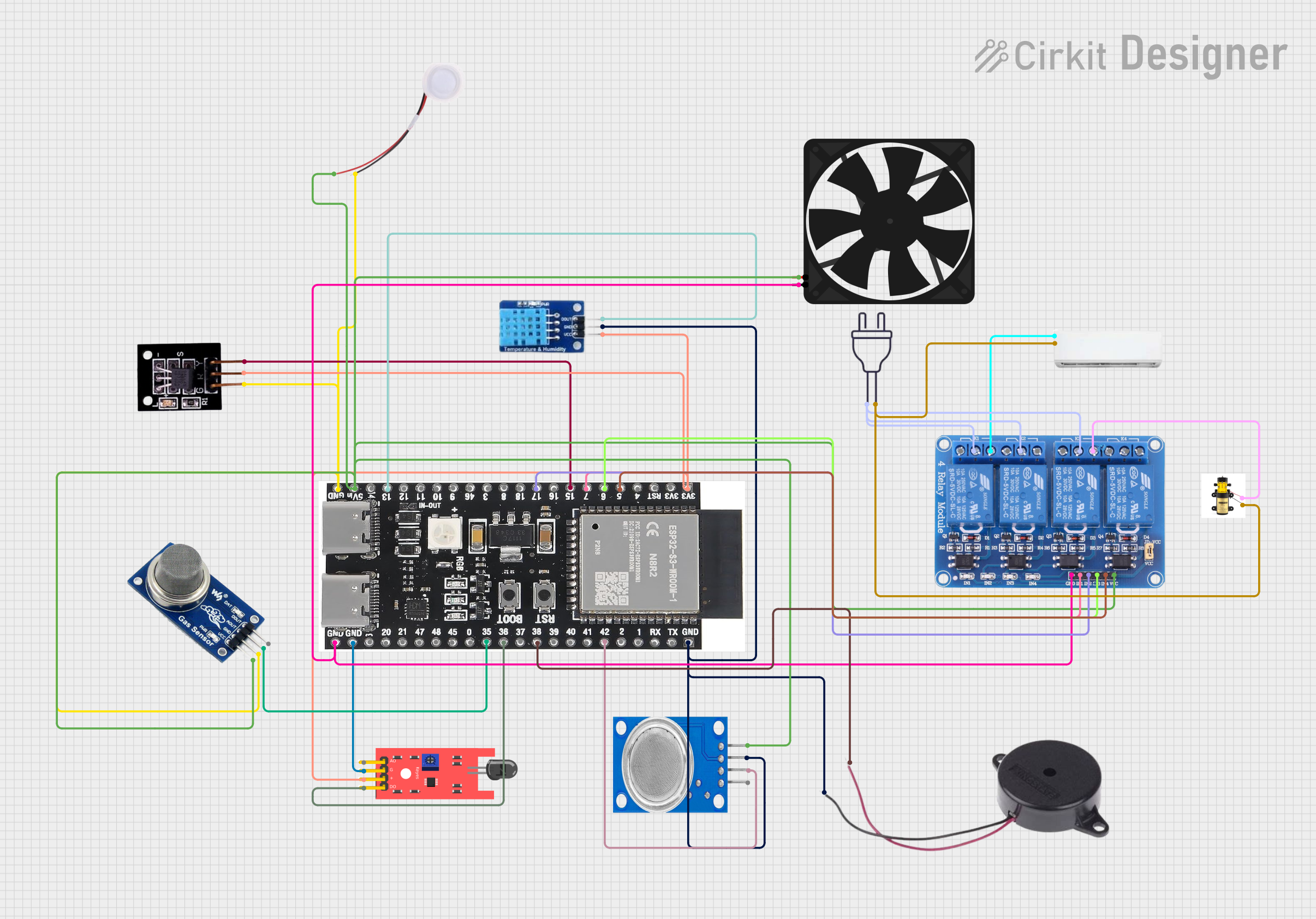
 Open Project in Cirkit Designer
Open Project in Cirkit Designer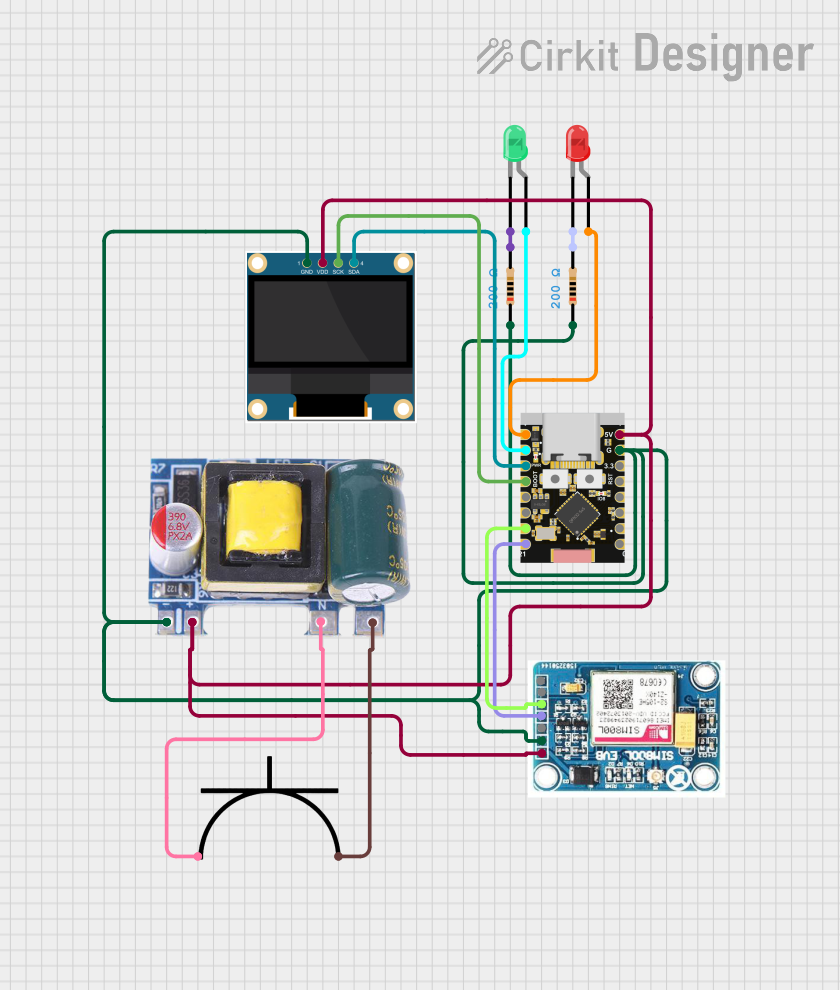
 Open Project in Cirkit Designer
Open Project in Cirkit DesignerExplore Projects Built with KS0022

 Open Project in Cirkit Designer
Open Project in Cirkit Designer
 Open Project in Cirkit Designer
Open Project in Cirkit Designer
 Open Project in Cirkit Designer
Open Project in Cirkit Designer
 Open Project in Cirkit Designer
Open Project in Cirkit DesignerCommon Applications and Use Cases
- Signal amplification in audio and RF circuits
- Switching in low-power electronic devices
- Voltage regulation and current control
- General-purpose use in hobbyist and educational projects
- Integration with microcontrollers like Arduino for control tasks
Technical Specifications
The KS0022 is designed to operate efficiently under a range of conditions. Below are its key technical details:
Key Technical Details
- Type: NPN Bipolar Junction Transistor (BJT)
- Maximum Collector-Emitter Voltage (VCE): 40V
- Maximum Collector Current (IC): 800mA
- Maximum Power Dissipation (PD): 500mW
- DC Current Gain (hFE): 100 to 300
- Transition Frequency (fT): 150 MHz
- Package Type: TO-92
- Operating Temperature Range: -55°C to +150°C
Pin Configuration and Descriptions
The KS0022 is housed in a TO-92 package with three pins. The pinout is as follows:
| Pin Number | Name | Description |
|---|---|---|
| 1 | Collector | Current flows out of this terminal. |
| 2 | Base | Controls the transistor's operation. |
| 3 | Emitter | Current flows into this terminal. |
Usage Instructions
The KS0022 can be used in a variety of circuits, including amplifiers and switches. Below are guidelines for using the component effectively.
How to Use the KS0022 in a Circuit
- Determine the Configuration: Decide whether the transistor will be used as a switch or an amplifier.
- For switching, operate the transistor in saturation and cutoff regions.
- For amplification, operate the transistor in the active region.
- Connect the Pins:
- Connect the Collector to the load or power supply.
- Connect the Base to the control signal through a current-limiting resistor.
- Connect the Emitter to ground or the negative terminal of the power supply.
- Choose a Base Resistor: Calculate the base resistor value to limit the base current. Use the formula: [ R_B = \frac{V_{in} - V_{BE}}{I_B} ] where ( V_{in} ) is the input voltage, ( V_{BE} ) is typically 0.7V, and ( I_B ) is the desired base current.
Important Considerations and Best Practices
- Avoid Exceeding Maximum Ratings: Ensure that the voltage, current, and power dissipation do not exceed the specified limits.
- Use a Heat Sink if Necessary: For high-power applications, consider using a heat sink to prevent overheating.
- Protect Against Voltage Spikes: Use a flyback diode across inductive loads to protect the transistor from voltage spikes.
- Test the Circuit: Before finalizing the design, test the circuit on a breadboard to ensure proper operation.
Example: Using KS0022 with Arduino UNO
The KS0022 can be used to control a small DC motor with an Arduino UNO. Below is an example circuit and code:
Circuit Connections
- Connect the Collector of the KS0022 to one terminal of the motor.
- Connect the other terminal of the motor to the positive power supply.
- Connect the Emitter of the KS0022 to ground.
- Connect the Base of the KS0022 to an Arduino digital pin (e.g., pin 9) through a 1kΩ resistor.
Arduino Code
// KS0022 Transistor Control Example
// This code demonstrates how to use the KS0022 to control a DC motor
// using an Arduino UNO.
const int motorPin = 9; // Pin connected to the base of the KS0022
void setup() {
pinMode(motorPin, OUTPUT); // Set the motor pin as an output
}
void loop() {
digitalWrite(motorPin, HIGH); // Turn the motor ON
delay(1000); // Keep the motor ON for 1 second
digitalWrite(motorPin, LOW); // Turn the motor OFF
delay(1000); // Keep the motor OFF for 1 second
}
Troubleshooting and FAQs
Common Issues and Solutions
- The transistor overheats:
- Ensure the current through the transistor does not exceed 800mA.
- Use a heat sink if necessary.
- The circuit does not work as expected:
- Double-check the pin connections (Collector, Base, Emitter).
- Verify the base resistor value is appropriate for the input signal.
- The motor does not turn on:
- Ensure the Arduino pin is set to OUTPUT mode.
- Check the power supply voltage and current ratings.
FAQs
Q: Can the KS0022 handle high-power applications?
A: No, the KS0022 is designed for low to moderate power levels. For high-power applications, consider using a power transistor like TIP120.
Q: What is the purpose of the base resistor?
A: The base resistor limits the current flowing into the base of the transistor, preventing damage to the component and the control circuit.
Q: Can I use the KS0022 with a 3.3V microcontroller?
A: Yes, the KS0022 can be used with a 3.3V microcontroller, but ensure the base current is sufficient to drive the transistor into saturation.
By following this documentation, you can effectively integrate the KS0022 into your electronic projects.